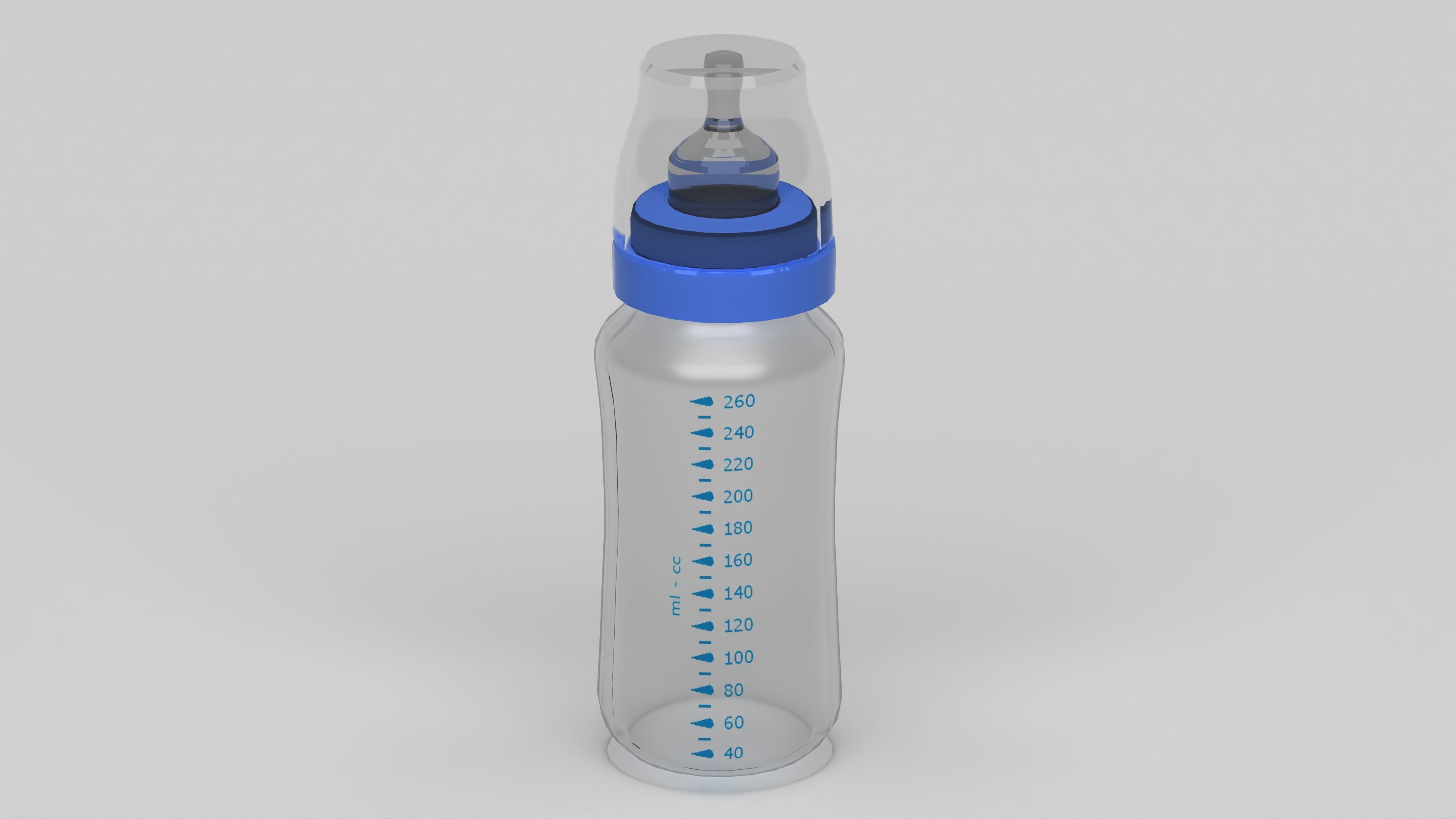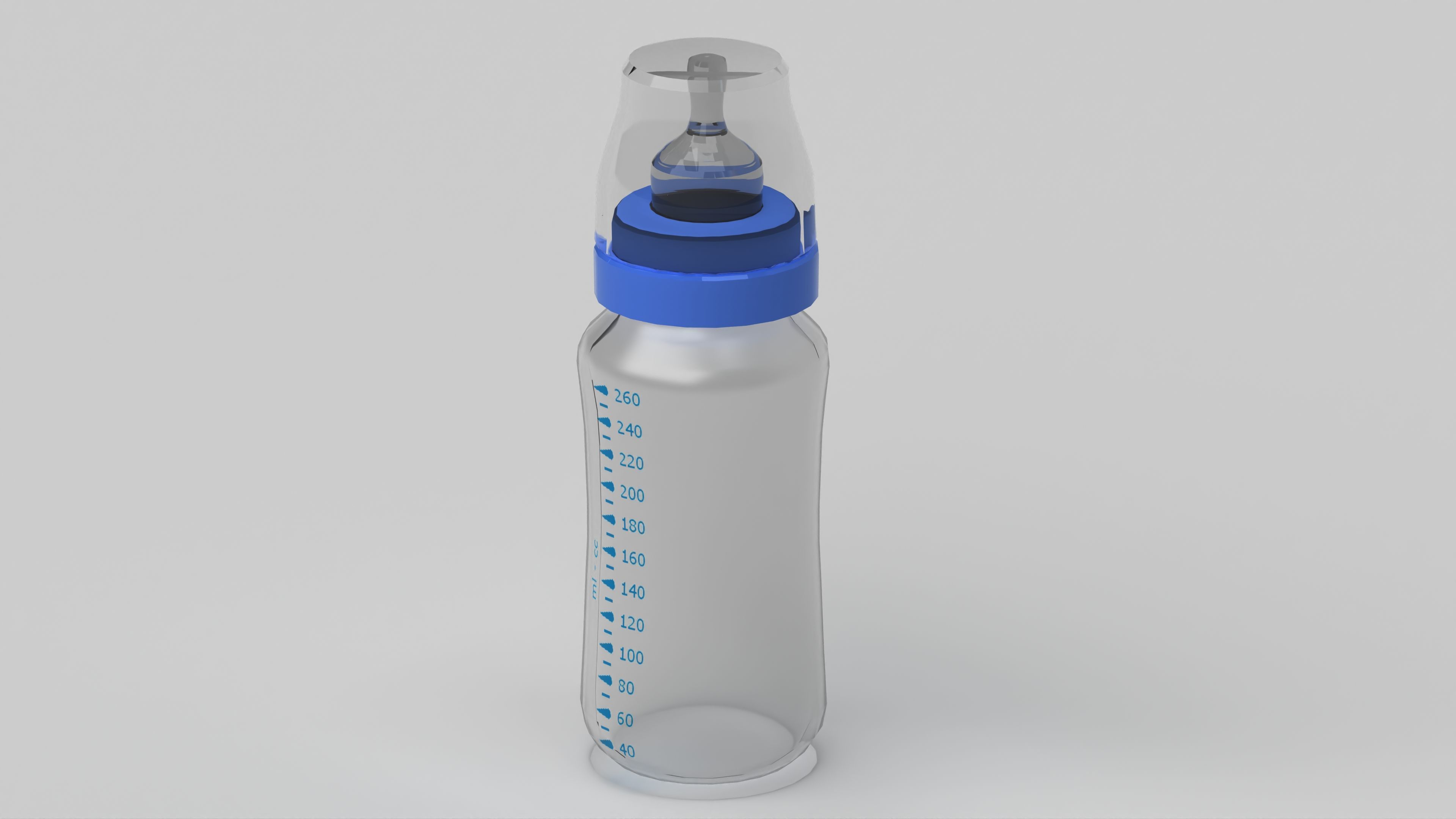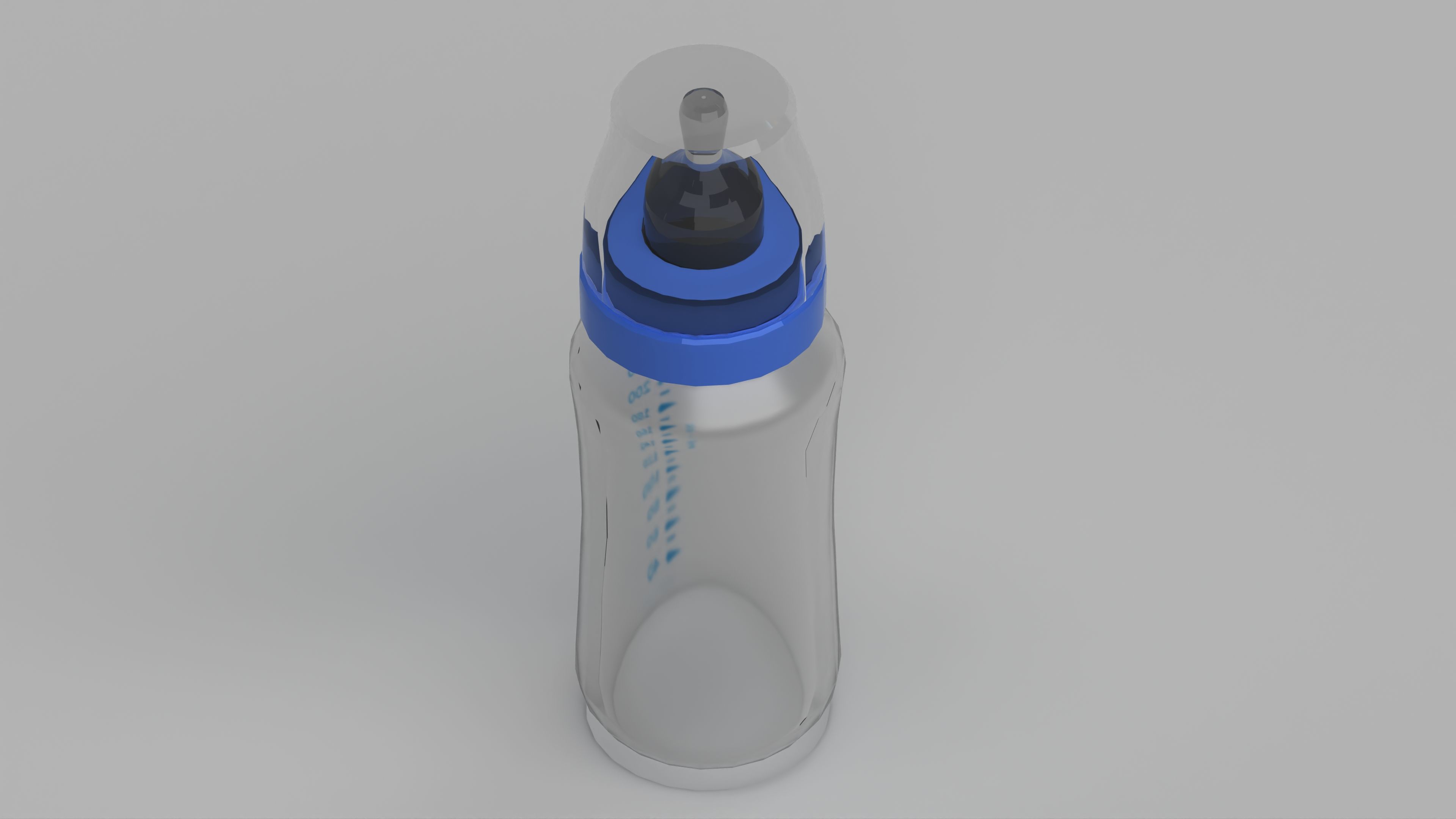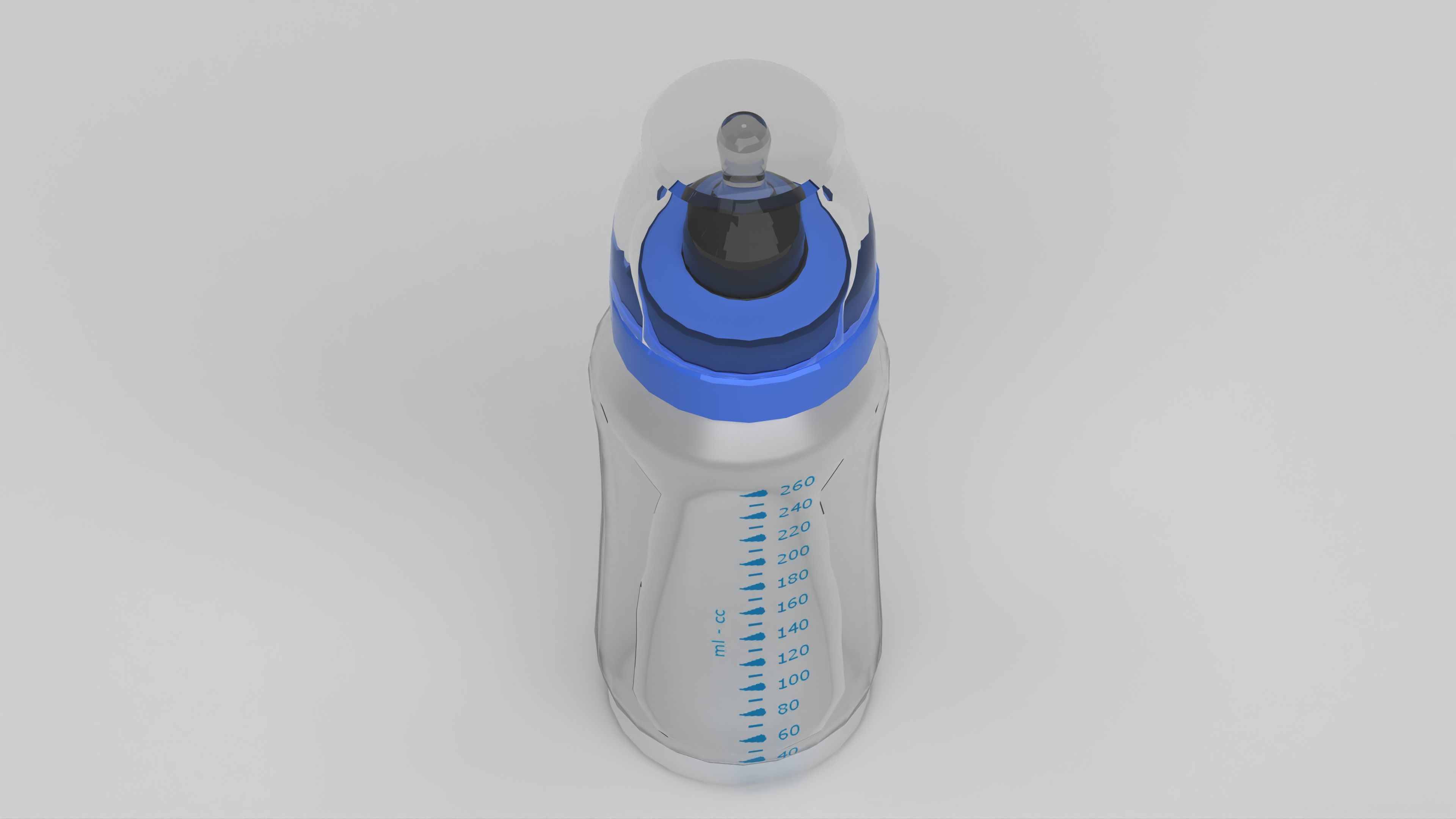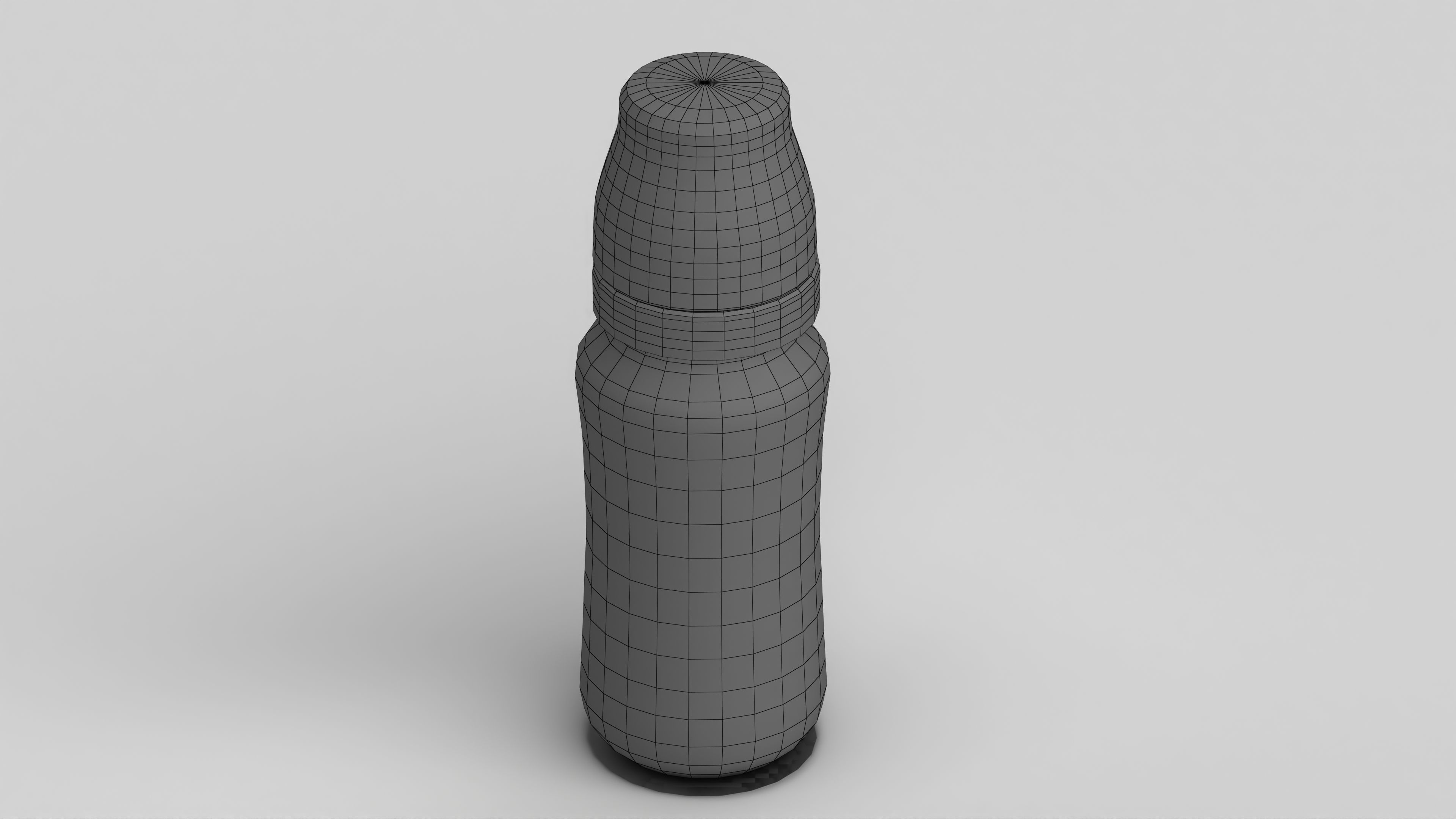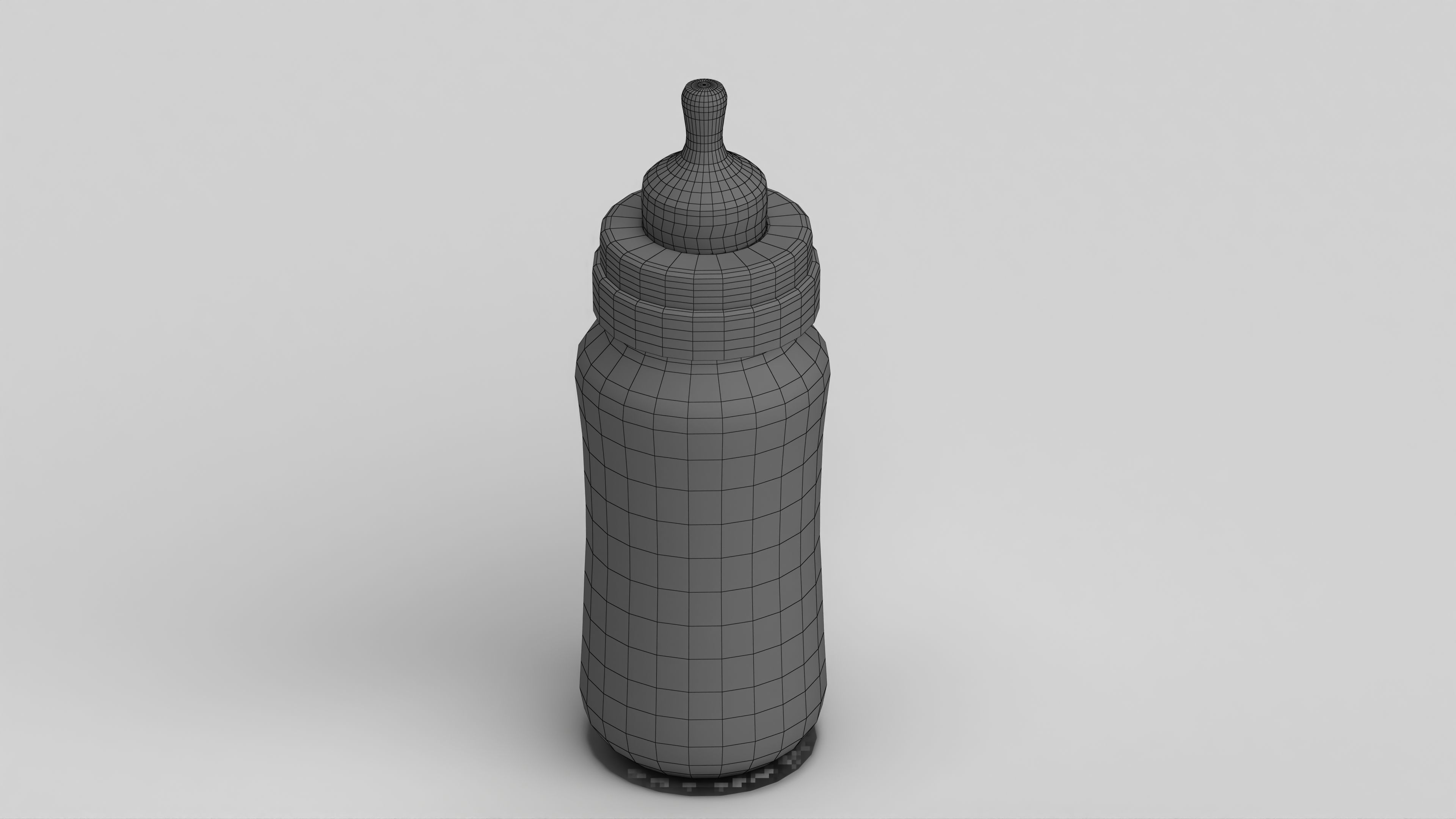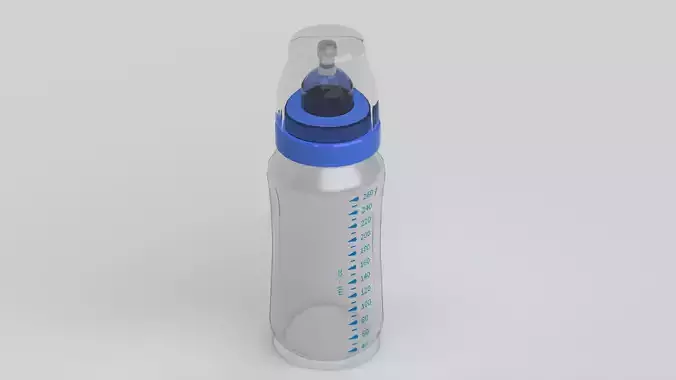
Baby Bottle 3D model
This Baby Bottle was modeled under 3Ds MAX 2020, the materials, Lighting and the rendering under V-Ray 7.
The term Bottle Baby typically refers to a baby animal, particularly a mammal, that is fed by a bottle rather than nursing from its mother. This situation often arises when the mother is absent, unable to care for her young, or has died. The history of the bottle baby phenomenon is deeply tied to animal care and conservation efforts, especially in wildlife rehabilitation.
In the early 20th century, animal care practices began to evolve, and with increasing awareness of wildlife conservation and the plight of orphaned animals, rehabilitation centers started adopting bottle-feeding methods for young animals. The practice became popular as a way to ensure orphaned animals, including common species like deer, rabbits, and birds, had a chance to survive and thrive.
Bottle feeding became more systematic in the mid-to-late 20th century, as people became more engaged in the welfare of domestic and wild animals. By the 1980s and 1990s, the term bottle baby had gained prominence, especially in the context of orphaned wildlife rehabilitation and pet care.
Today, bottle-feeding is a common practice not only for wildlife rehabilitation but also for domestic animals, such as puppies, kittens, and even livestock, when mothers are unable to nurse. The Bottle Baby has become an essential part of animal care across various fields, from pet owners to professional wildlife caretakers.
In essence, the history of the Bottle Baby is one of compassion, care, and the advancement of animal welfare practices over time.

